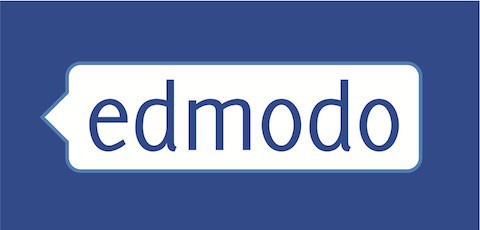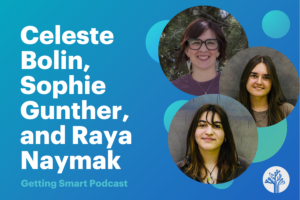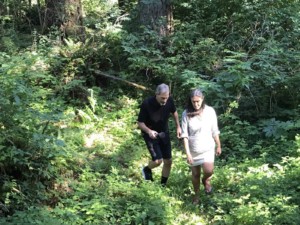Plugging Into Professional Learning Communities

In contrast to top down stand-and-deliver professional development, professional learning communities (PLCs) are typically teacher created initiatives that extend learning opportunities and foster collaboration. PLCs often reflect disciplines, districts, projects, and policy responses. Schools are increasingly creating PLCs to organize teachers into working groups.
We’re celebrating Connected Educator Month with Edmodo , the largest social learning network- where the educators ARE connected educators. Many districts and teacher networks connect on Edmodo, the free social learning platform. Following are five examples:
1. Basal Alignment Project. Launched in July 2012, the Basal Alignment Project has over 30,000 members (up from 10,000 in January when we featured BAP). This group began with resources created by participating districts, from Alaska to Louisiana, who were focused on HMH and McGraw Hill Reading Series. These were reviewed by CCSSO and used to launch the group. Following, more and more lessons and resources have been added through the efforts of workshops and grassroots teams of people. All final content is reviewed and approved by CCSSO. At one point, CCSSO made an all-call for folks to provide information so they could create lessons for people who didn’t have basals in their classrooms, but wanted to access common-core aligned materials for other texts they had to work with. The PLC work has allowed members from across the country to offer their expertise.
2. Anthology Alignment Project . Launched in February, the Anthology Alignment Project has 4,500 members. This group was launched much the same way as the Basal Alignment project and is structured the same–there are folders of Common Core aligned resources and lessons for Anthologies most prevalent in classrooms today. Additional grassroots/coordinated work around more resources is ongoing.
3. Navigating Text Complexity. Launched in February 2013, this PLC is similar to Basal and Anthology. The group provides resources and opportunities for members to analyze text, build text sets for units of instruction, and generate rich-text dependent questions with direct support and leadership from CCSSO.
4. Common Core PLCs support teachers in implementing the Core at the school, district, county, and even state level. These groups have become a quick and easy way for teachers to curate relevant, Common Core aligned content anytime, anyplace, that they can instantly share to create learning opportunities for students in their private groups.
5. There are hundreds of teacher-created PLCs managed by an Edmodo Ambassador. Some create global connections, others share around specific subjects and initiatives.
“The exciting idea here is that Edmodo has become the place where professional learning and communities of practice are being organically created, designed, and stewarded,” said Liz Keleher, “Edmodo offers large communities based on subject area and publisher, but seeing educators and administrators harness the power of Edmodo for themselves by creating, sharing, and facilitating such large and high quality PLCs has been transformative.”
See more Connected Educator Month posts already up on Getting Smart:
MasteryConnect and Edmodo are portfolio companies of Learn Capital where Tom is a partner .







0 Comments
Leave a Comment
Your email address will not be published. All fields are required.